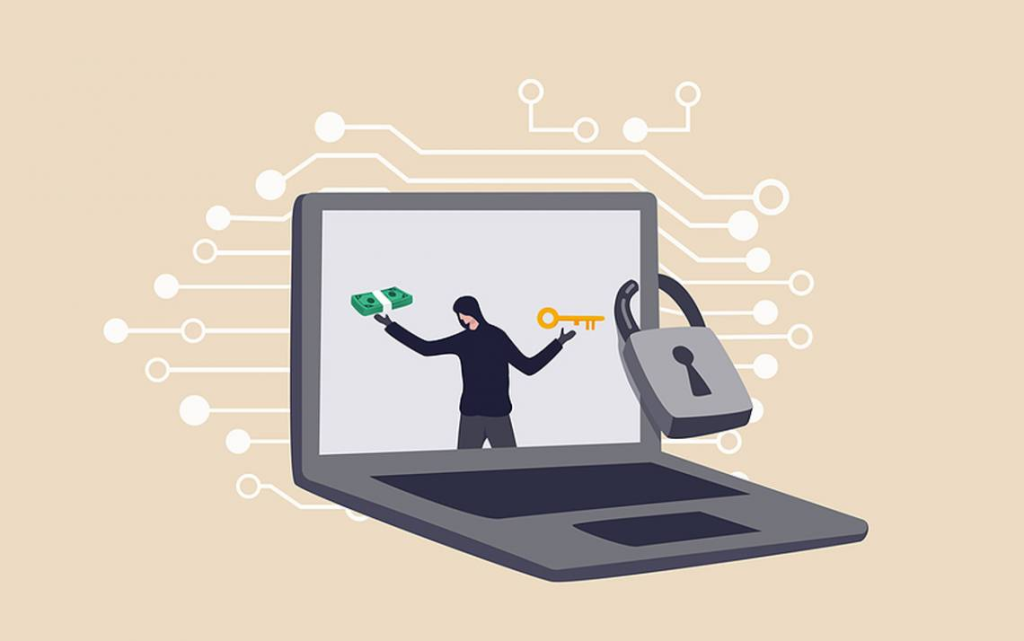Virtual safety, also called cybersecurity or information safety, describes the actions and techniques set set up to protect virtual assets, knowledge, and systems from unauthorized access, breaches, and cyber threats in electronic environments. In today’s interconnected world, wherever companies depend greatly on electronic systems and cloud research, virtual safety represents a vital role in safeguarding sensitive and painful information and ensuring the strength, confidentiality, and option of data.
One of the main problems of electronic security is protecting against unauthorized usage of virtual resources and systems. This involves applying sturdy verification mechanisms, such as passwords, multi-factor certification, and biometric validation, to verify the identification of customers and reduce unauthorized persons from opening sensitive and painful information and resources.
Also, virtual safety encompasses methods to guard against spyware, viruses, and other destructive pc software that may compromise the safety of virtual environments. Including deploying antivirus computer software, firewalls, intrusion detection systems, and endpoint defense answers to detect and mitigate threats in real-time and reduce them from spreading across networks.
Another crucial facet of electronic safety is getting information equally at rest and in transit. This involves encrypting information to render it unreadable to unauthorized persons, thus guarding it from interception and eavesdropping. Security ensures that even though information is intercepted, it stays protected and confidential, reducing the chance of data breaches and unauthorized access.
Additionally, electronic protection requires applying accessibility regulates and permissions to prohibit consumer rights and limit access to sensitive and painful data and techniques and then authorized individuals. Role-based accessibility get a handle on (RBAC) and least freedom maxims are frequently used to ensure consumers have entry only to the methods required for their jobs and responsibilities, reducing the danger of insider threats and knowledge breaches.
Electronic protection also encompasses tracking and recording activities within electronic conditions to detect dubious behavior and potential security incidents. Security data and function administration (SIEM) solutions gather and analyze records from numerous resources to recognize safety threats and react to them quickly, reducing the affect of security situations and preventing knowledge loss.
Furthermore, electronic protection requires normal safety assessments and audits to gauge the effectiveness of existing safety regulates and identify vulnerabilities and disadvantages in electronic environments. By completing positive assessments, agencies can identify and address protection gaps before they could be exploited by internet opponents, increasing over all protection posture.
Furthermore, virtual protection needs continuous education and education for personnel to improve consciousness about cybersecurity most useful techniques and make certain that people realize their jobs and responsibilities in maintaining security. Security attention instruction applications support employees virtual security understand potential threats, such as phishing scams and social design episodes, and take appropriate activities to mitigate risks.

To conclude, electronic security is essential for defending organizations’ electronic resources, knowledge, and systems from cyber threats and ensuring the confidentiality, strength, and accessibility to data in electronic environments. By implementing robust safety procedures, including entry regulates, encryption, checking, and individual education, organizations may improve their defenses against cyber episodes and mitigate the dangers connected with operating in today’s interconnected world.
